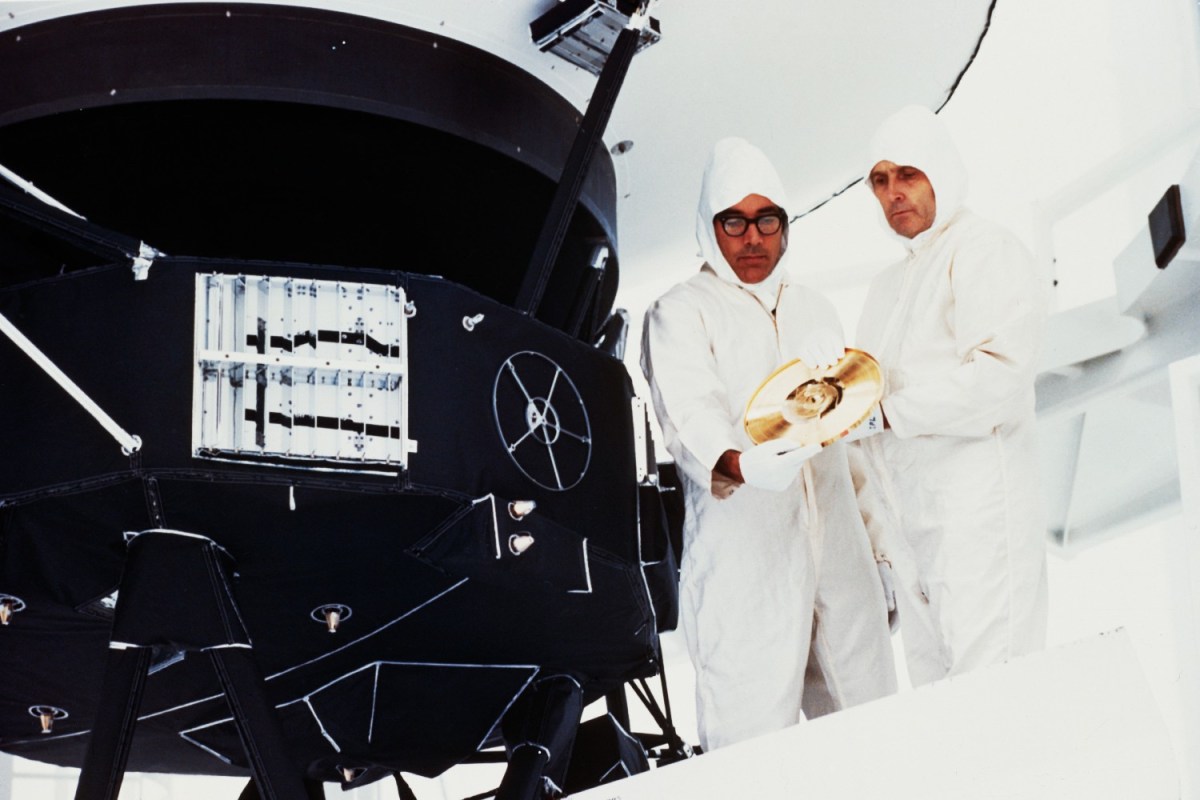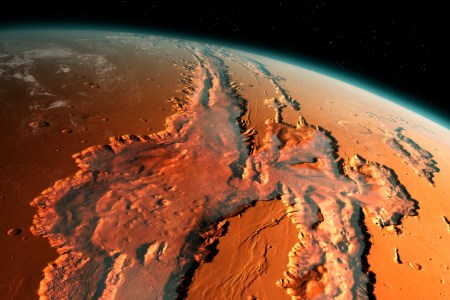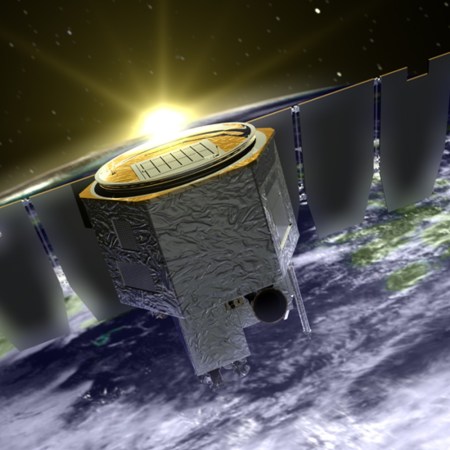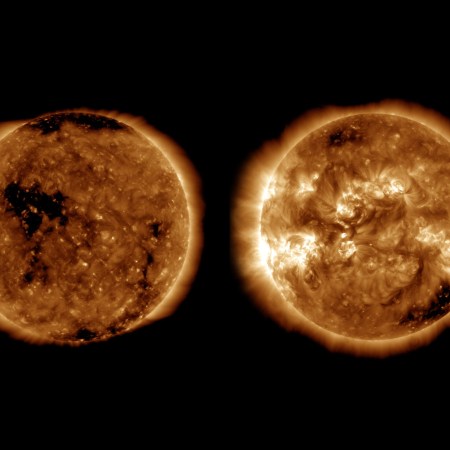Last month, NASA scientists received distressing news from Voyager 1, the first craft to travel outside of our solar system. Signals from the probe had ceased transmitting — and the fear was that, after 46 years of traveling through space, that might be the end of the line for Voyager 1. Given its distance from Earth, it’s not like NASA could send up a repair crew to get Voyager 1 back in working order. Instead, they were limited to communicating with the probe via radio signals, with a delay of almost a day between then sending a signal and Voyager receiving it.
That’s not the only challenge facing the scientists exploring repair options. There was also the matter of the file storage space available to them — remember, the probe launched 46 years ago, so adding in a few terabytes of solid-state storage wasn’t an option. And yet, here’s the thing: they did it. Voyager 1 is once again working properly and transmitting signals to Earth.
NASA explained in detail just how its scientists were able to get Voyager working again. As NASA’s Naomi Hartono described it, a chip that maintained Voyager 1’s science and engineering data stopped working — and given the limits of 1970s technology, there wasn’t anywhere large enough to store comparable code. Instead, the scientists divided the code into multiple sections, while also working to make sure that the update wouldn’t cause anything currently operational to stop working.
Looking to Live on Mars Without Leaving Earth? NASA Has an Opportunity For You.
If you can’t get to Mars, this is a solid alternativeRadio signals take 22.5 hours to get from Earth to Voyager 1 and a comparable time for the probe to get a signal back to Earth. On April 20, NASA received its first signal from Voyager 1 in months.
Currently, the only data Voyager 1 is properly transmitting has to do with the craft’s own internal status. The next step for the scientists monitoring Voyager 1 is getting it to send data about the environment through which it’s currently traveling. You know, interstellar space. Right now, Voyager is 15,000,000,000 miles from Earth — and our connection to it endures.
This article was featured in the InsideHook newsletter. Sign up now.



















